For the world’s finest fragrance houses and their master perfumers—travelling abroad in search of the highest-quality additives for our most beloved perfumes—the planet is a playground of raw ingredients. Three seasoned noses take us on an adventure to three resource-rich regions, exploring scents from flowers to fruits to woods. And with their local aromas wafting through the air, legendary histories, and dreamlike landscapes to match, they may just inspire you to plan your next trip.
FRANCE
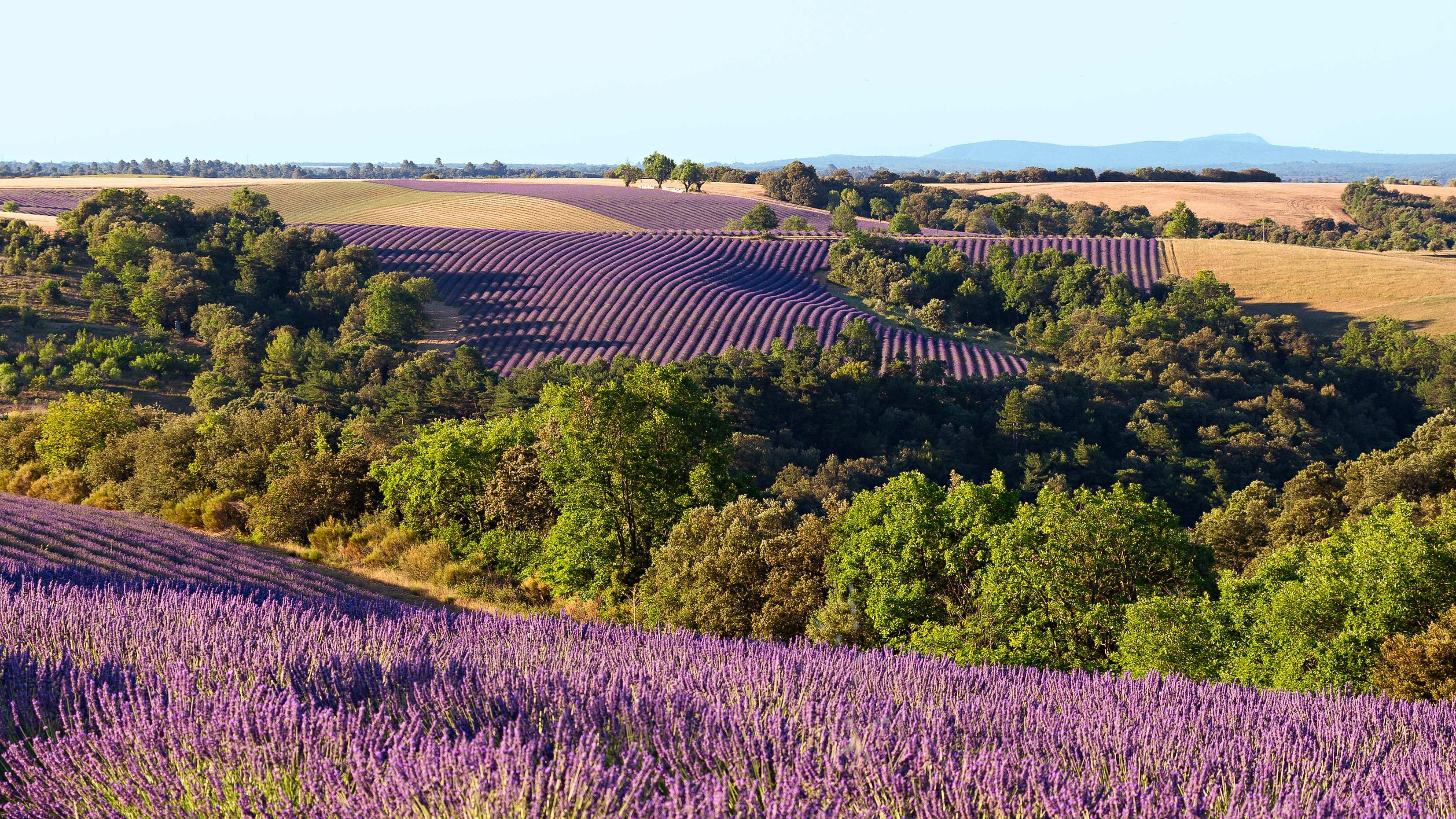
A heavenly-scented hill-town in the region of Provence, Grasse has been known as the world’s perfume capital for centuries. Its incomparable climate and rich soil provide the ideal conditions for growing an array of exquisite flowers, making the medieval town home to many elite fragrance houses, including Chanel, Dior, and Guerlain.
Nurtured in fields, Rosa centifolia—more commonly known as May rose due to its five-week blooming season every May—is one of Grasse’s most sought-after flowers, and its essence can be found at the heart of many famous fragrances, such as Chanel’s coveted star, No. 5.
The heady, soft-pink blooms are hand-picked from their stems with the utmost care in the early morning, before sunrise, after the petals have fully blossomed overnight. “You’ll see families coming and picking all the flowers. One minute those gardens are full with pink roses, and the next, bam—they’re green. They go so fast!” explains Guerlain’s in-house perfumer Thierry Wasser.
Provence’s plateaus of thick wild lavender stretching toward the horizon provide fairytale scenery, and have a storied perfumed past. “[Lavender] has been cultivated since as early as the 18th century. It carries a very fresh and clean smell, and was actually used in Roman baths before the Middles Ages,” reveals Loc Dong, a go-to perfumer for Paco Rabanne. “Seeing a blue field of lavender, and feeling overwhelmed by its aromatic notes, is a moment to remember,” expresses Dong.
The postcard-perfect plant is harvested from late July until mid-August. “The fields become a beautiful blue, but you have to wait until [the lavender] starts to dry and becomes a little greyish to harvest,” adds Wasser. “That’s when its oil content is at the maximum.”
ITALY
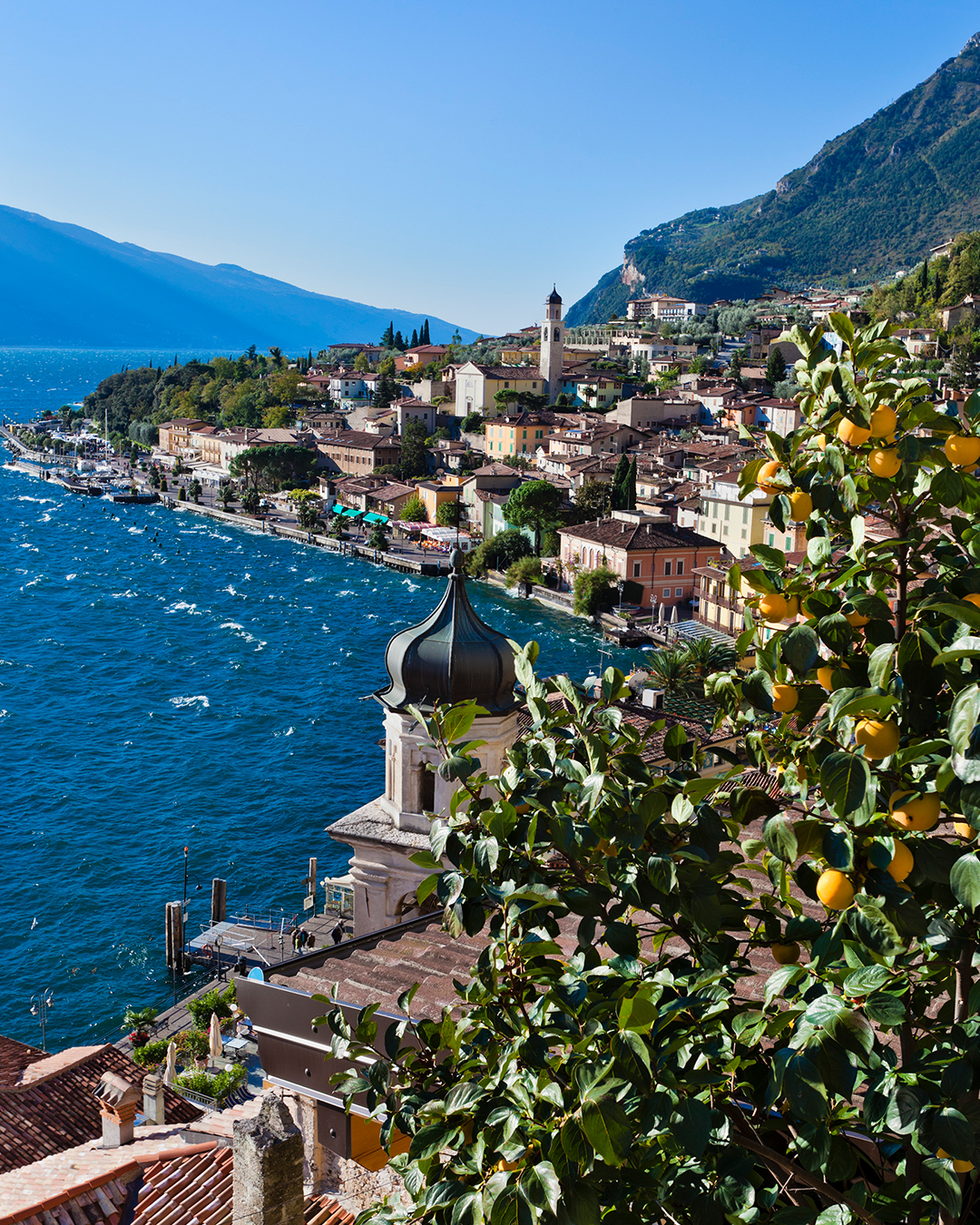
Italy is renowned in perfumery for the citrus trees that dot its sweeping countryside and breathtaking, turquoise-watered coastline. With its almost lemon-like appearance, the bitter orange—which predominantly grows in Southern Italy’s Calabria region—produces one of the most highly-prized citrus notes, bergamot oil. “Bergamot provides a fresh, citrusy, floral note with an aromatic tea facet,” explains perfumer Julie Massé, a regular Giorgio Armani fragrance collaborator. Mainly used as a top note, the zesty oil comes from the peel of the orange fruit, and is “like a ray of Italian sunshine in a bottle,” expresses Massé.
“I find a lot of interest in petitgrain oil, the essence extracted from the leaves of lemon trees,” says Dong. “It offers a green bitter note with a strong, lively top note, and a fruity, floral candy undertone.” Many of the lemon trees used for distilling petitgrain grow in abundance along the seductively beautiful Amalfi Coast.
A range of raw ingredients can come from the humble orange tree, including the popular neroli oil and orange blossom absolute, both made from the tree’s alluring flowers. “Neroli gained its name from the fact that the princess of Nerola, Italy, Anne Marie Orsini, used to add the essence to her bath, and used it to perfume her gloves,” reveals Dong about the sweet, honeyed, and somewhat metallic elixir with green and spicy facets. As for orange blossom absolute, its scent is described as deeper, richer, and sultrier. “The orange flower is an important part of Italian culture,” says Dong. “It’s traditionally worn at weddings by the brides.”
INDIA
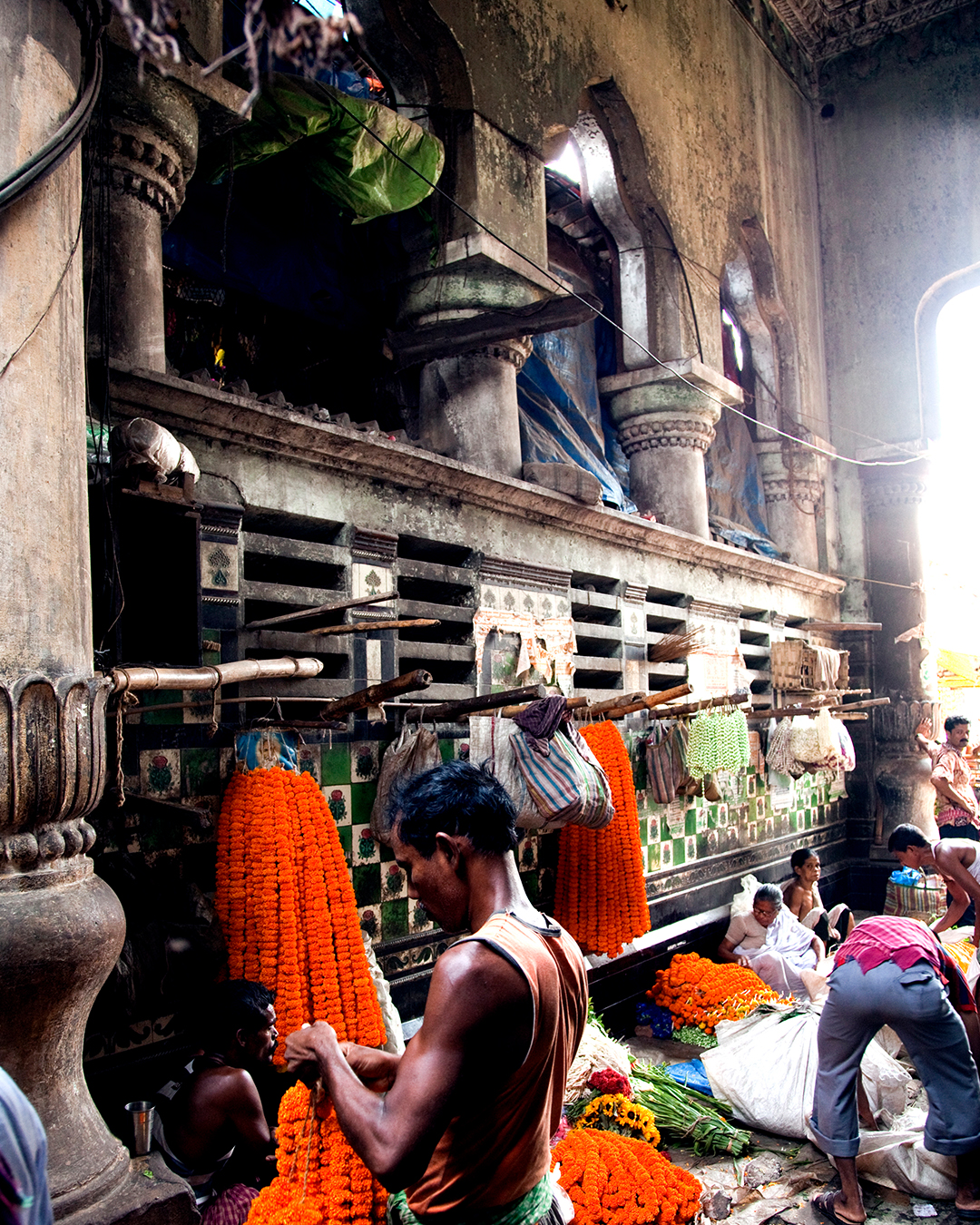
Today, a lot of the jasmine available commercially comes from France or Italy, but the small, tubular, and intense blossom is a very symbolic flower in India. “It is often used in religious ceremonies, and it is said that the love arrows of Kama, the god of love, are made from jasmine,” reveals Dong. “The harvesting begins in June and ends in October, and the flowers are picked one by one. It’s very delicate work.”
Night-blooming, perennial tuberose, with its waxy-white petals, is an exceptional ingredient in high-end perfume making. “Women flower-cutters pick it just before dawn when the flower is most fragrant. Its smell is a feminine kaleidoscopic delight: floral, opulent, creamy, green, with hints of coconut,” notes Dong. “It’s also used for ceremonial necklaces in India, and in some southern parts of the country, it’s even called ‘Sugandaraja’—the queen of flowers.”
Valued for hundreds of years, Indian sandalwood from the southern region is cultivated
and used to build sacred temples. In solid form, the fine-grained aromatic wood is able to hold its fragrance for decades, making it one of the most expensive lumbers on the market. When its oil is extracted for perfumery (commercial production of Indian sandalwood essential oil has since moved to Australia for sustainability), “it offers creamy, addictive, woody notes, and brings elegant signatures to masculine and feminine fragrances,” says Dong.
BOTTLED UP
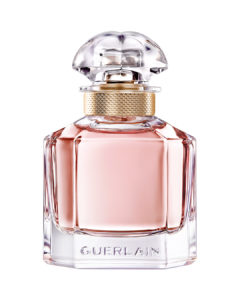
Lavender, jasmine, and sandalwood form an unforgettable bouquet. Mon Guerlain Eau de Parfum, $119 (50 ml).
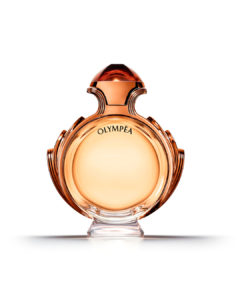
Zesty orange flower absolute works in harmony with sensual vanilla and warm amber. Paco Rabanne Olympéa Intense Eau de Parfum, $125 (50 ml).
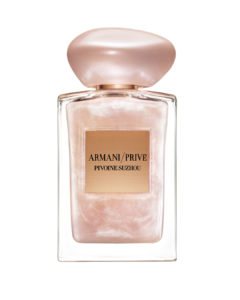
Infused with luminous mother-of-pearl flakes, this spritz radiates femininity, with May rose at its heart. Armani Privé Pivoine Suzhou Soie de Nacre Limited Edition, $280 (50 ml).
